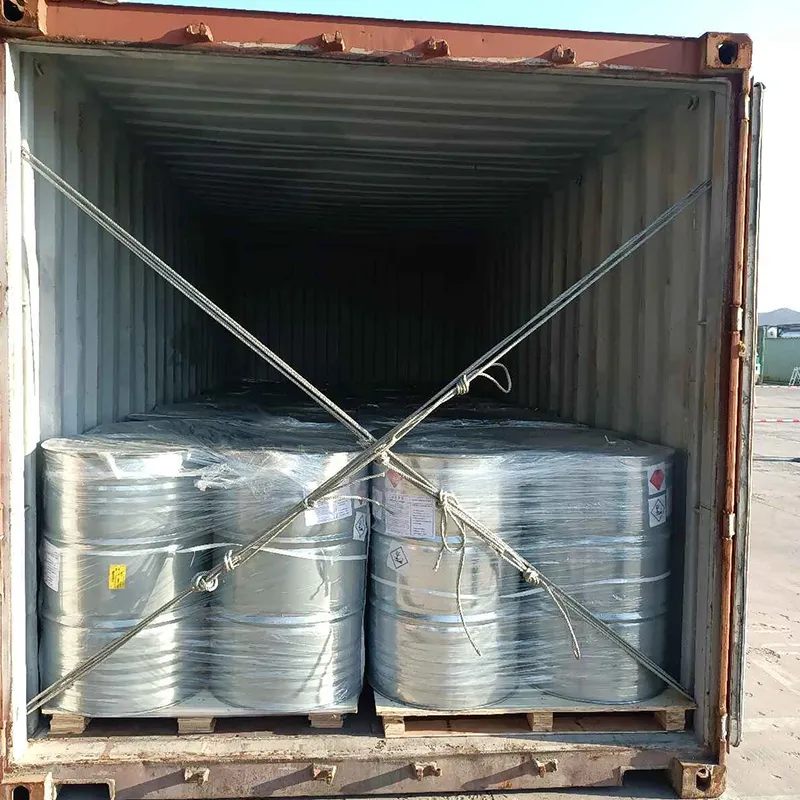
The Benefits of Using Iron Fertilizer for Healthy Plant Growth and Soil Improvement
Iron Fertilizers The Key to Healthy Plant Growth
Iron is an essential micronutrient that plays a vital role in the growth and development of plants. It is a crucial component of chlorophyll, the pigment responsible for photosynthesis, which allows plants to convert sunlight into energy. However, iron deficiency is a common issue in agriculture, often leading to poor plant health and reduced crop yields. To address this challenge, iron fertilizers have become an invaluable tool for farmers and gardeners alike.
Iron deficiency in plants can manifest in several ways, most notably through the yellowing of leaves, particularly in younger foliage. This condition, known as chlorosis, occurs because insufficient iron impairs the plant's ability to produce chlorophyll, resulting in reduced photosynthetic efficiency. Affected plants are more susceptible to diseases and environmental stress, ultimately affecting their overall growth and productivity. Therefore, applying iron fertilizers can significantly enhance plant health and counteract these negative effects.
There are several types of iron fertilizers available, each with its own advantages and specific applications. The most common forms include Iron Chelate, Ferrous Sulfate, and Iron Oxide. Iron Chelate is often favored for its high solubility and bioavailability, allowing for better absorption by plant roots. This compound binds iron ions, preventing them from reacting with other elements in the soil that might render it inaccessible to plants.
Ferrous Sulfate is another popular option, typically used in acidic soils or as a soil amendment. This form of iron is readily available to plants and effectively raises the iron levels in the soil. However, care must be taken, as excessive application can lead to soil acidity issues. Iron Oxide, on the other hand, is less soluble and usually used in situations where soil is heavily depleted of iron. It requires the presence of microbial activity in the soil to break down and release the iron.
iron fertilizer

When applying iron fertilizers, timing and method are crucial for their effectiveness. Foliar application, where the fertilizer is sprayed directly onto leaves, can provide quick results as plants can absorb iron through their foliage. Soil application is typically more suitable for long-term solutions, allowing for gradual release and uptake by plants over time. Regardless of the method, it is important to test soil pH and nutrient levels to determine the appropriate iron fertilizer and application rates.
Additionally, understanding the specific needs of different plant species is essential. Some plants, such as azaleas and rhododendrons, thrive in slightly acidic conditions and require more iron than others. Others may not show significant improvement from iron application if the soil has other nutrient deficiencies affecting absorption.
Furthermore, practicing good soil management can enhance iron availability. Adding organic matter to the soil can improve its structure and nutrient-holding capacity, thereby promoting a healthier growing environment for plants. Regular aeration and ensuring good drainage can also help maintain optimal conditions for iron uptake.
In conclusion, iron fertilizers play a critical role in promoting healthy plant growth and optimizing agricultural productivity. By understanding the various forms of iron fertilizers and their application methods, gardeners and farmers can effectively combat iron deficiency and improve their crop yields. Investing in proper soil management and being attuned to the specific needs of plants can lead to stunning gardens and bountiful harvests, showcasing the importance of iron in the journey of plant growth.
-
Nitrile Rubber Honoring Strict Production StandardsNewsAug.22,2025
-
Aspartame Ingredients Honoring Food Safety ValuesNewsAug.22,2025
-
Fertilizer for Balanced Plant NutritionNewsAug.22,2025
-
Cyanide Gold Processing with High Purity AdditivesNewsAug.22,2025
-
Formic Acid in Textile Dyeing ApplicationsNewsAug.22,2025
-
Aluminum Hydroxide Gel in Skincare ProductsNewsAug.22,2025
-
Regulatory Compliance for Global Mining Chemicals UseNewsAug.12,2025
Hebei Tenger Chemical Technology Co., Ltd. focuses on the chemical industry and is committed to the export service of chemical raw materials.
-

view more DiethanolisopropanolamineIn the ever-growing field of chemical solutions, diethanolisopropanolamine (DEIPA) stands out as a versatile and important compound. Due to its unique chemical structure and properties, DEIPA is of interest to various industries including construction, personal care, and agriculture. -

view more TriisopropanolamineTriisopropanolamine (TIPA) alkanol amine substance, is a kind of alcohol amine compound with amino and alcohol hydroxyl, and because of its molecules contains both amino and hydroxyl. -

view more Tetramethyl Thiuram DisulfideTetramethyl thiuram disulfide, also known as TMTD, is a white to light-yellow powder with a distinct sulfur-like odor. It is soluble in organic solvents such as benzene, acetone, and ethyl acetate, making it highly versatile for use in different formulations. TMTD is known for its excellent vulcanization acceleration properties, which makes it a key ingredient in the production of rubber products. Additionally, it acts as an effective fungicide and bactericide, making it valuable in agricultural applications. Its high purity and stability ensure consistent performance, making it a preferred choice for manufacturers across various industries.





